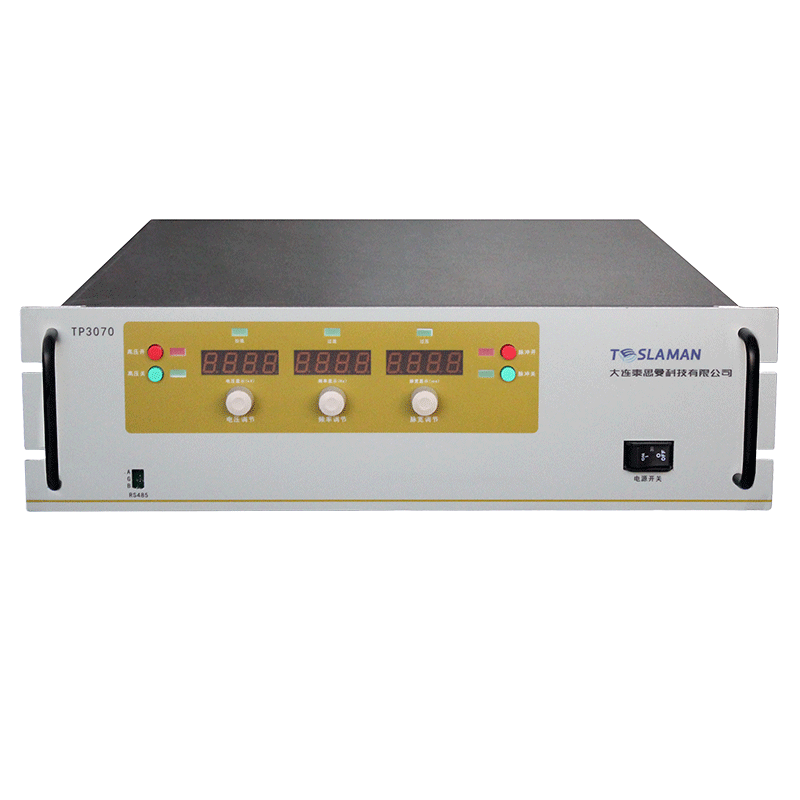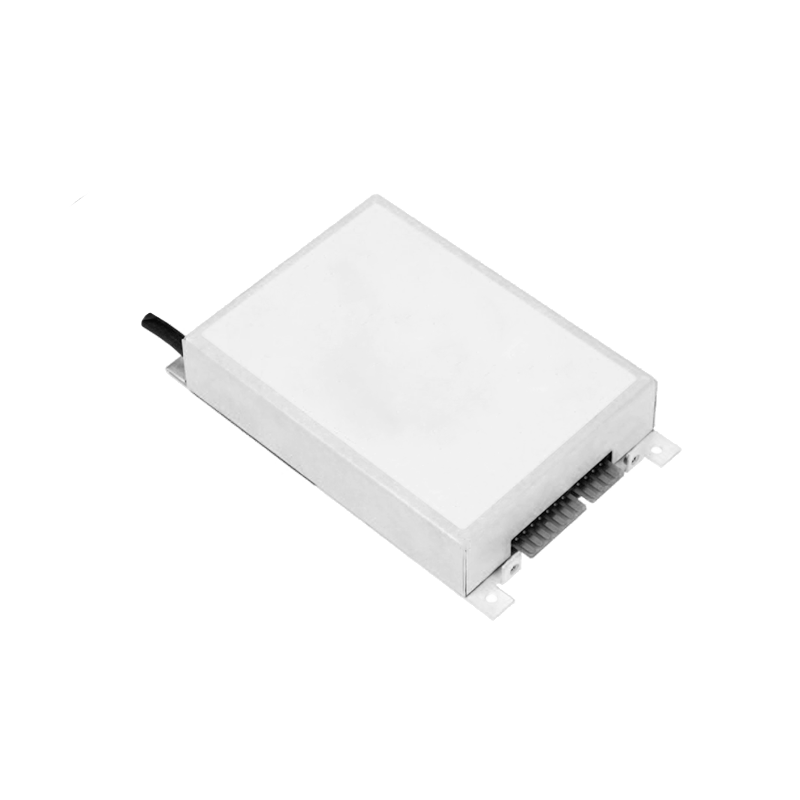Early Fault Warning and Degradation Trend Prediction in Cable Testing Power Supplies
In high-voltage cable testing systems, the power supply plays a critical role in applying controlled stress to insulation materials and detecting early-stage degradation. Traditional testing methods rely on breakdown detection or insulation resistance measurement, which only reveal faults after significant deterioration has occurred. Modern predictive maintenance approaches require intelligent power supplies capable of monitoring leakage currents, partial discharge (PD) activity, and dielectric losses to anticipate failure trends.
The power system in such applications employs programmable high-voltage modules with precise current measurement capabilities. Wideband current sensors capture transient leakage pulses, and real-time digital signal processing is used to separate partial discharge signatures from background noise. High-resolution ADCs combined with noise-shaping amplifiers allow for microamp-level sensitivity, which is essential for early fault detection.
Advanced algorithms are implemented to interpret electrical stress patterns over time. By applying machine learning models, such as Long Short-Term Memory (LSTM) neural networks, the system can analyze temporal evolution in current waveforms to predict insulation aging. Features such as phase-resolved PD intensity and harmonic distortion are used as input variables to train predictive models.
To further enhance reliability, the power supply is designed with fast response current limiting and fault self-isolation. When an abnormal rise in leakage current is detected, the system immediately adjusts output power to prevent further dielectric degradation. Coupled with cloud-based trend monitoring, these intelligent power supplies provide utilities with a predictive maintenance framework—enabling the transition from reactive fault correction to proactive system protection.




















